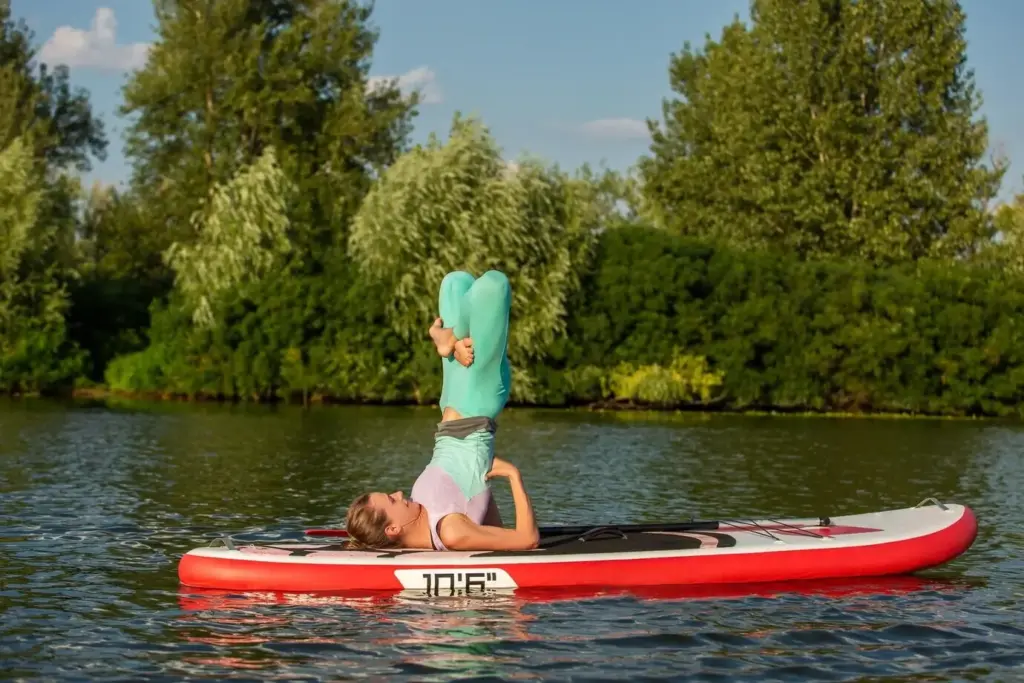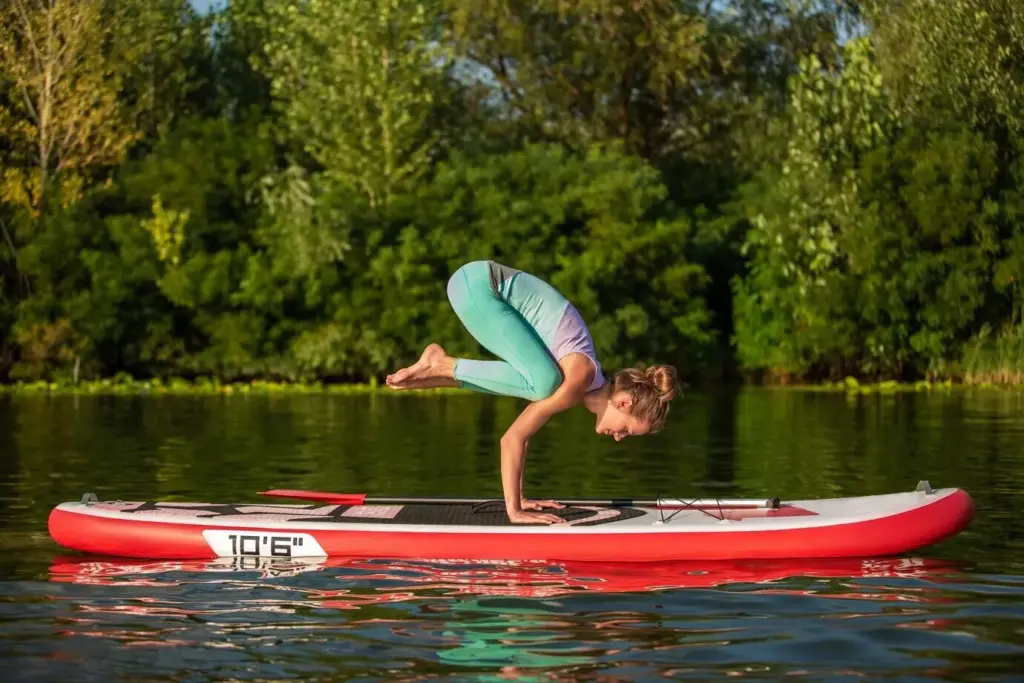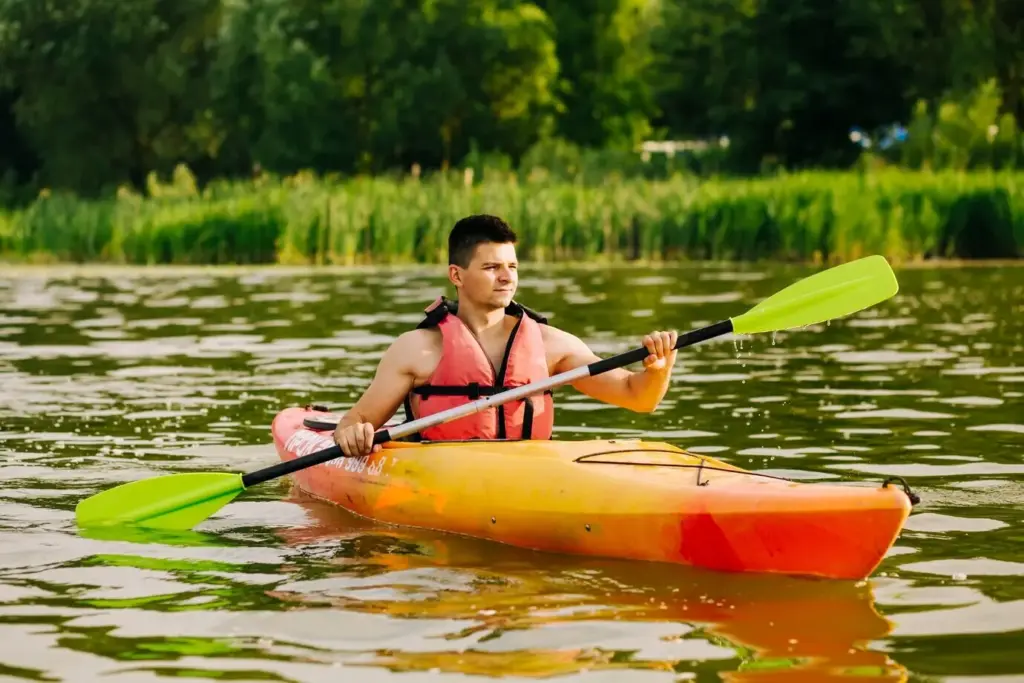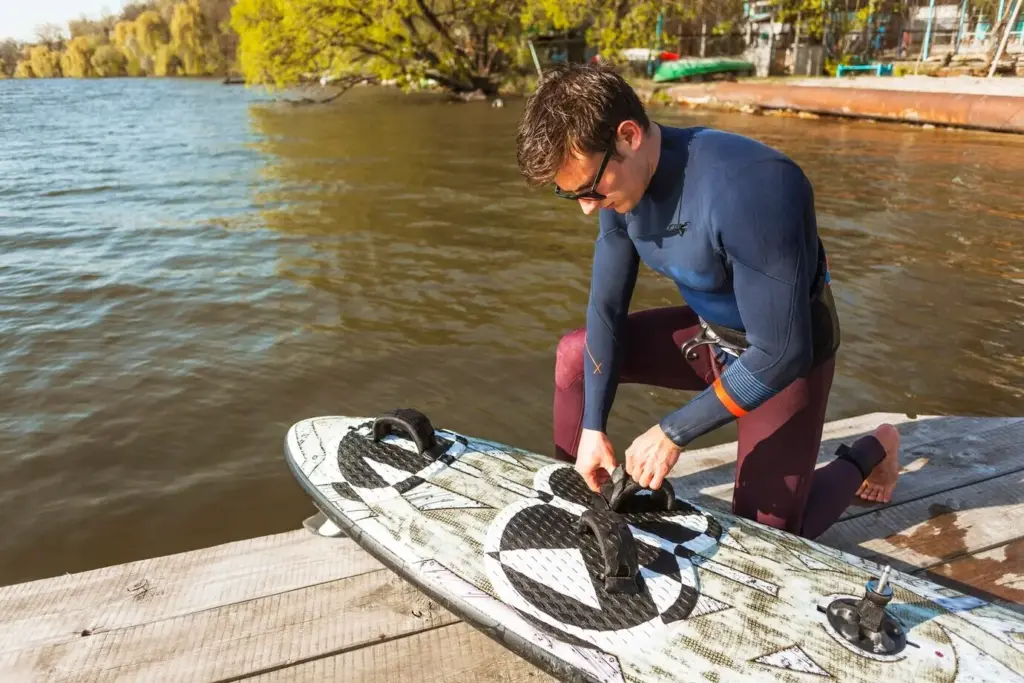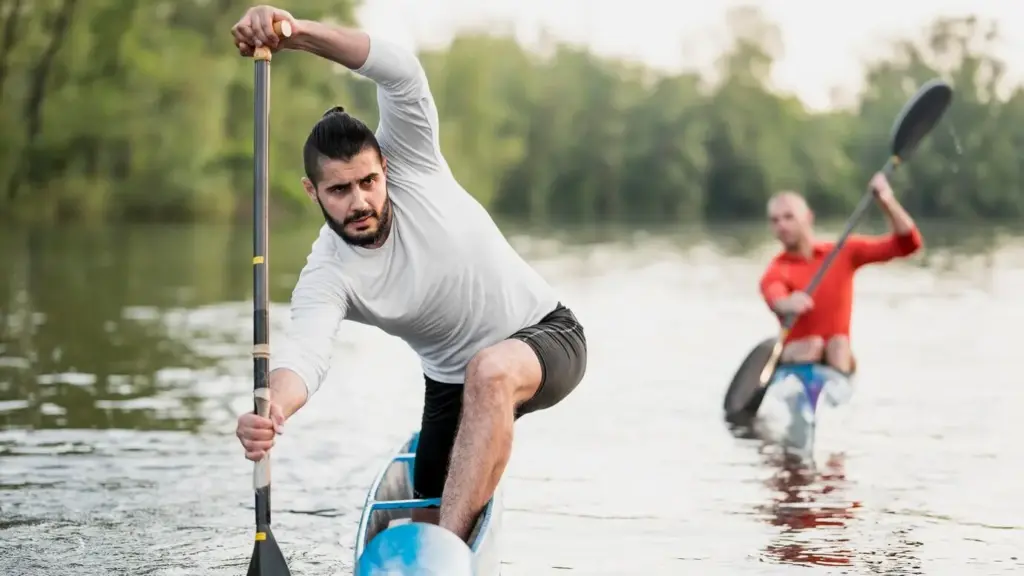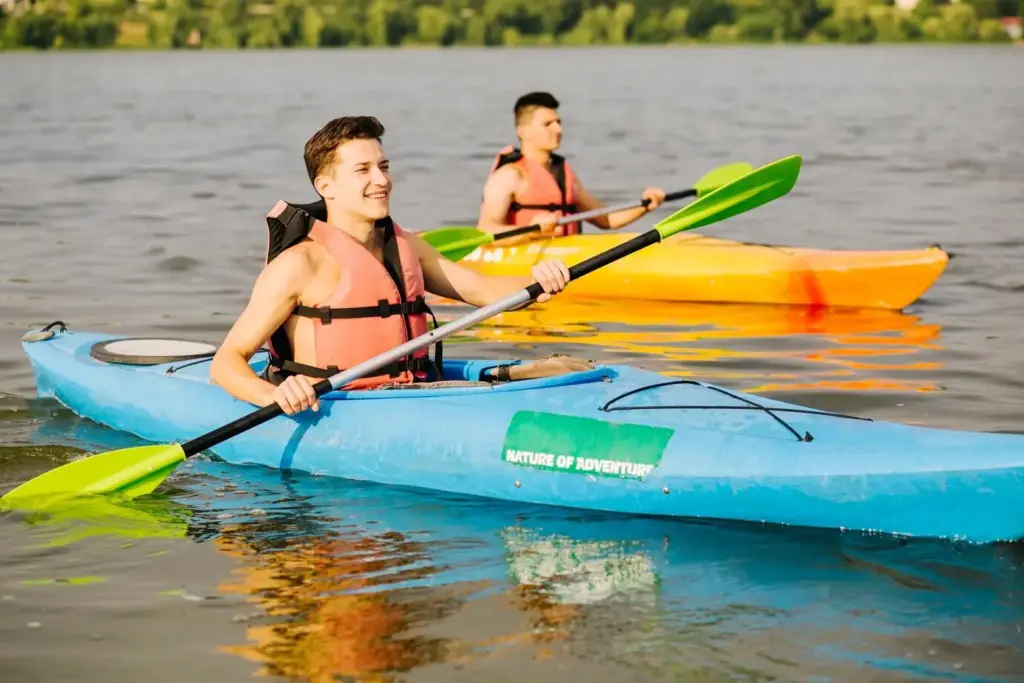Air or Armor: Choosing, Caring for, and Moving Your Watercraft


Where Each Design Truly Shines
Fast Currents and Rock Gardens
Open Lakes, Wind, and Miles
Storage Constraints and Urban Living
Materials and Build: What’s Inside Matters
Air Bladders, Drop-Stitch, and Seam Tech
Rotomolded, Thermoformed, and Composite Layups
Repair Kits, Adhesives, and Realistic Fixes
Comfort, Stability, and Handling You Can Trust
Primary vs Secondary Stability, Explained
Wide, flat hulls feel calm at rest, while rounded edges lean deeper before they release. Practice gentle edging near shore, then add micro-draws for directional tweaks. Jonathan flipped once, laughed, and learned a reentry that now takes ninety seconds. Confidence grows quickly when you deliberately test limits in controlled water with a friend watching.
Ergonomics: Seats, Foot Braces, and Paddle Fit
A supportive seat pan, correct seatback angle, and firm foot contact reduce fatigue dramatically. Match paddle length to torso height and boat width to protect wrists. One small seat shim solved our tester’s hip tingles. Adjust until strokes feel quiet and smooth, then mark settings with tape. Repeatable comfort encourages longer adventures and safer decision-making.
Packing Weight and Trim to Stay Predictable
Balance matters. Place heavier items low and centered; keep essentials accessible without top-heavy sway. In inflatables, distribute bags to preserve rigidity and avoid weird flex. In rigid hulls, trim fore–aft to match conditions. During a windy crossing, a five-centimeter shift forward stopped weathercocking instantly. Tiny adjustments turn twitchy moments into calm, repeatable control.
Care Routines That Save You Money
Transport Made Simple and Safe
Straps, Bow Lines, and Noise-Free Highway Runs
Use cam straps, not ratchets, to avoid crushing hulls. Twist loose strap sections to stop humming, add bow and stern lines to block lift, and pad contact points. After a stormy interstate sprint, our test boats stayed rock solid. Snap a photo of your setup, and we’ll help troubleshoot any wobbles, whistles, or mysterious drips.
Flying, Trains, and Compact Car Adventures
Inflatables shine here. Pack the hull, pump, paddle, PFD, and repair kit into a checked bag, with fins protected between clothing. Confirm airline size rules and clean everything to avoid quarantine issues. Trains welcome tidy packages too. Document weights, tag handles, and carry valve caps. Share your route tips, and we’ll map community-approved travel shortcuts.
Solo Loading, Carts, and Launch Ramps
Protect your back with leverage, not brute force. Use hip-height rests, rolling carts, and bow-first loading. At ramps, stage gear away from traffic, then move swiftly and courteously. We timed a solo routine that took four calm minutes, zero strain, and zero drama. Teach a friend your method, and swap upgrades in the comments.
Safety, Rules, and Peace of Mind
